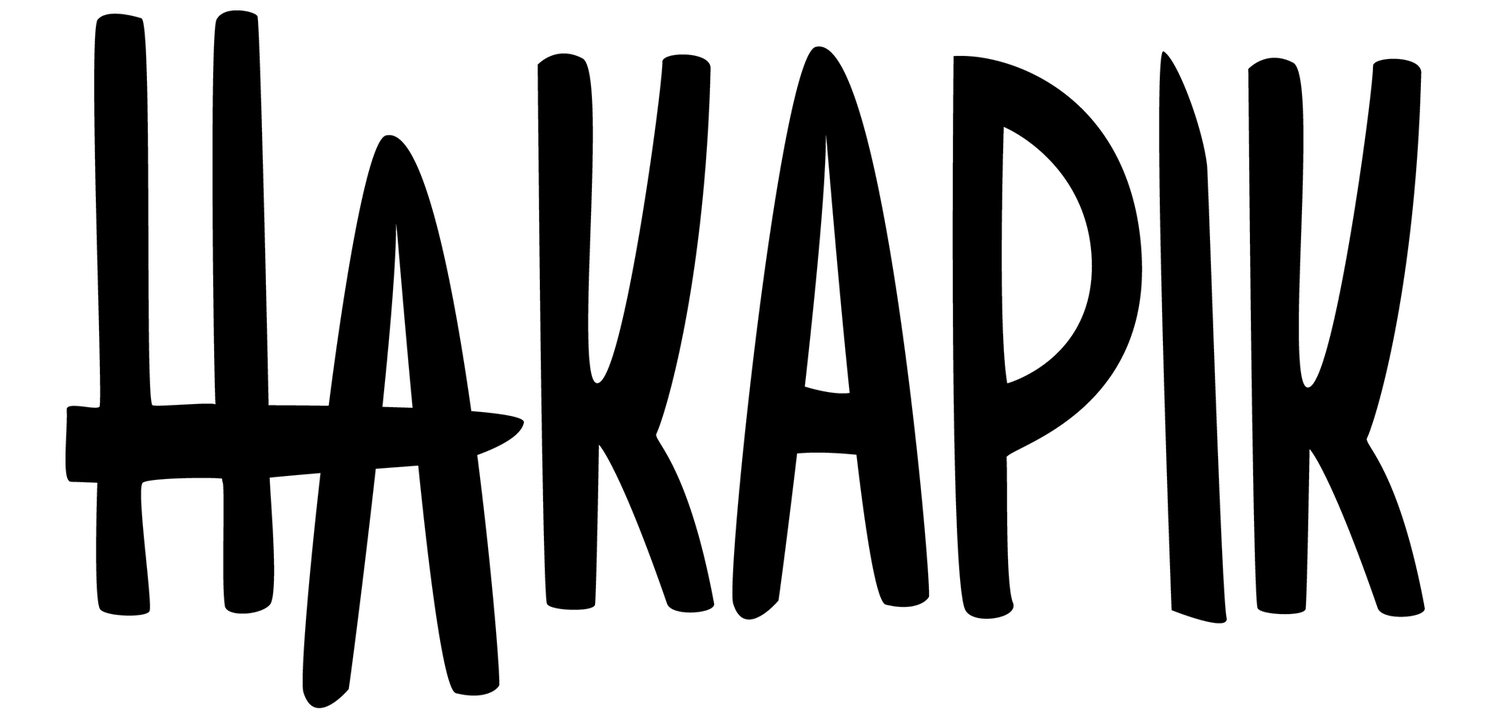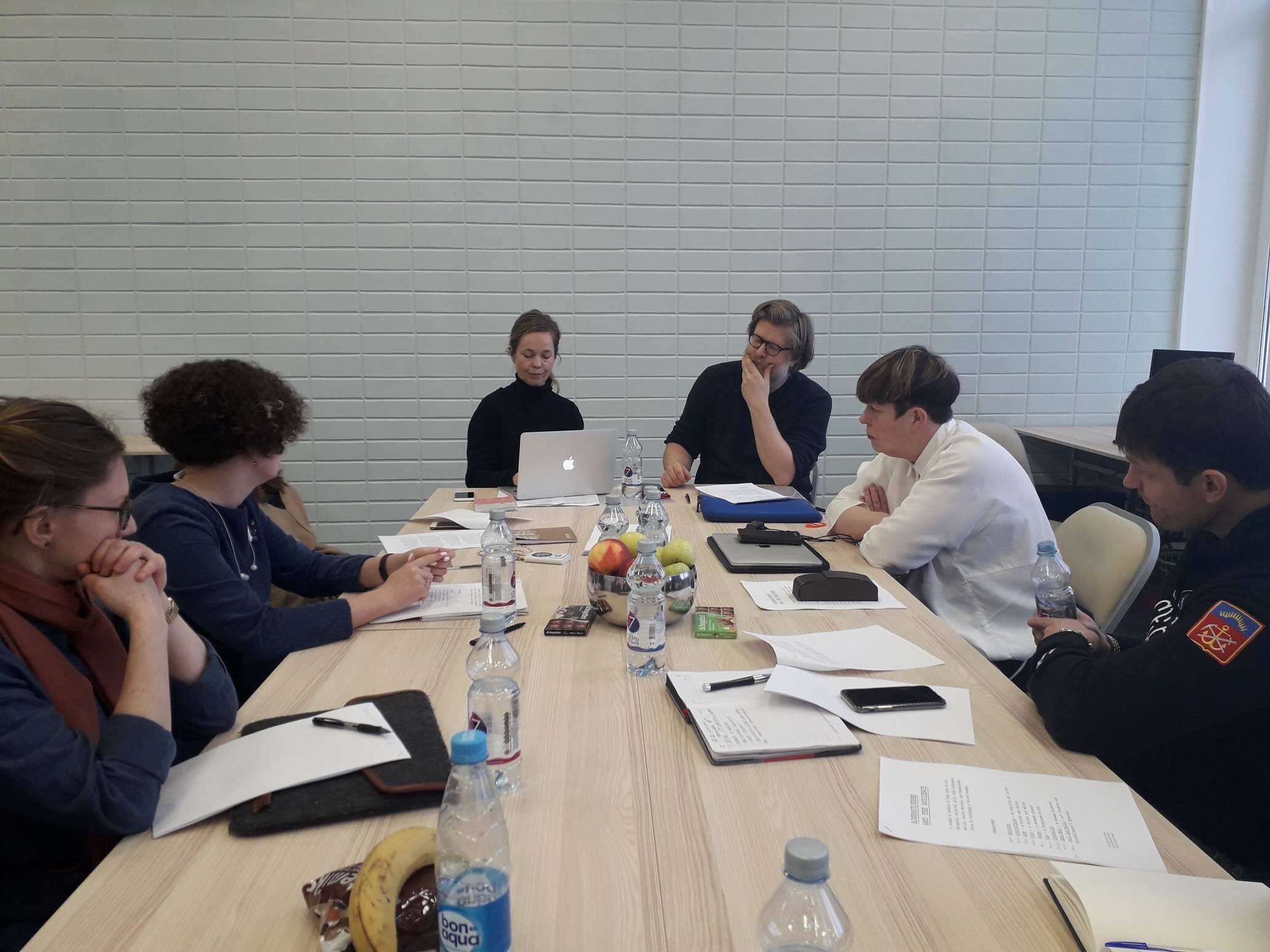Same Planet, Different Worlds?
Essay by Marion Bouvier
Photo by Silja Lomakka
I started writing about my trip to the audio visual festival Inversia that took place in Murmansk in february 2020, at least two months ago. Most parts in my head, others blue on white on paper. I went there as part of a writing workshop about art criticism and it was supposed to be a straightforward assignment. Yet my text kept moving, mutating even, as new thoughts unfolded and as procrastination took its toll on the initial direction this text was supposed to take. Then the COVID-19 happened.
It felt as if all that I read and talked about was connected to the current world health situation. Not that it has hit me directly – and I consider myself privileged in that sense, since my life has mostly slowed down in a positive way thus far, but the pandemic has opened doors of collective thoughts, fears and hopes that have taken hold of me. I have continuously wondered how to capture these thoughts, both my own and those from friends and strangers; I have tried journaling at the beginning of the lockdown, then tried not trying to produce anything and be in the present, then went back to this text once more.
Maybe it is, after all, an illusion that there is a collective zeitgeist that wants a better world where we produce and consume less, live more harmoniously with nature, and focus on local communities and solidarities.
One morning I saw in the news a picture of a demonstration against the lockdown in the US, and a woman held a sign that read: «Give me my liberty or give me death». It shocked me deeply. It made me feel like there is no collective consciousness of humanity. We live in our echo chambers, and the dreams of some of us are the nightmares of others. But what does it all have to do with art, and with the trip to Murmansk that I was meant to write about?
Art, an unnecessary essential?
In these COVID-19 times, there have been two opposite, simultaneous reactions regarding artistic expression. One saying that culture is “non-necessary”, as in all cultural events and jobs can be sacrificed first; and the other pushing certain forms of artistic expression to the front stage, such as balcony concerts ,and live streaming of concerts and films. This is an important trend, I believe, because times of crisis tend to exacerbate existing phenomena, which otherwise are just less visible. What this crisis shows is that arts and culture are considered not important enough, and at the same time they are seen as spirit-raising, essential to bring people together. That is quite a contradictory approach. But it does sound quite like another one of today’s contradictions: that the pandemic is a global phenomenon and can only be solved by a collaborative effort that transcends borders, while at the same time nationalist sentiments are flaring up.
What the crisis is also showing is that no, we are not all in the same boat. I have it way better here in Tromsø, where I’m still allowed to go skiing and can even stop by at a local café to catch up with one or two friends, than my family in France who are under strict lockdown. They in turn have it much easier than a lot of French people who don’t have a roof over their head or who live in situations of domestic abuse, not to mention rural migrants in India who are left without anything, or people in refugee camps who have no chance of even trying to apply “social distancing” in the crowded space where they live.
Artists around the world are also faced with different challenges. In Norway, early messages by the main funding institutions gave some measure of reassurance that cancelled cultural events and festival would not have to pay back incurred expenses, and several specific funds were set up to help freelancers. It is surely not perfect, and some will be hit harder than others. But how about our fellow artists and cultural workers in Russia? Let's take a look at the situation in Murmansk, a city in the circumpolar North that has historical links to northern Norway.
A journey to Murmansk, or a story of borders
Murmansk is only a 3,5 hours drive from Kirkenes. As we drive there, my first impression is of how strange political borders are: the exact same landscape before and after crossing the official border line and subsequent checkpoints, a short trip in and out the small house where the Norwegian border control checks our passports, and the same ritual once more on the Russian side. It all feels a bit surreal, like this moment when a lady carrying what looks like a photo camera climbs onboard our van and an officer behind her announces, «Temperature control!» The masked lady then points her camera towards each of us in turn; we must look like deer in headlights.
Once in Murmansk itself, I am surprised by how elegant the city’s architecture is, for a city I always read about as «industrial harbor», «mining hub» or «largest city north of the Arctic Circle» with around 300 000 inhabitants. The city was officially founded in 1916 when a railroad had to be built to ship military supplies to the Russian Arctic coast during World War I. The city then suffered massive losses during World War II under German attack and had to be rebuilt in large parts. Nowadays, the colorful, imperial style facades of the city center are reminiscent of glorious days, but as soon as we climb the hill overlooking the city, what stands out is the sprawling harbor and its black fumes, which is largely invisible from the city center itself, despite the physical proximity. I also notice that the outer area of the city is made of smaller houses and buildings that are scattered in random patterns, compared with the neatly organized streets of the city’s core.


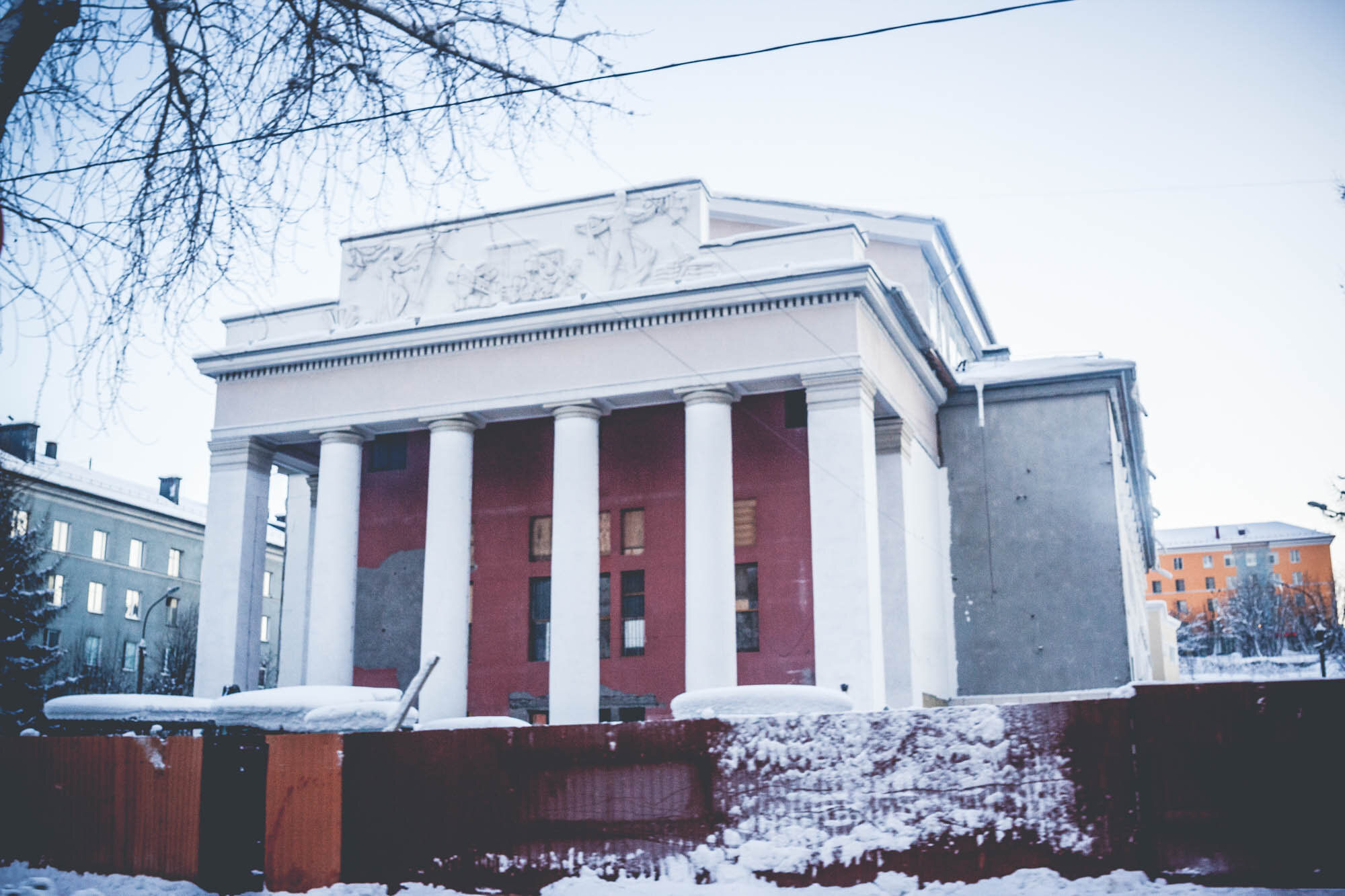
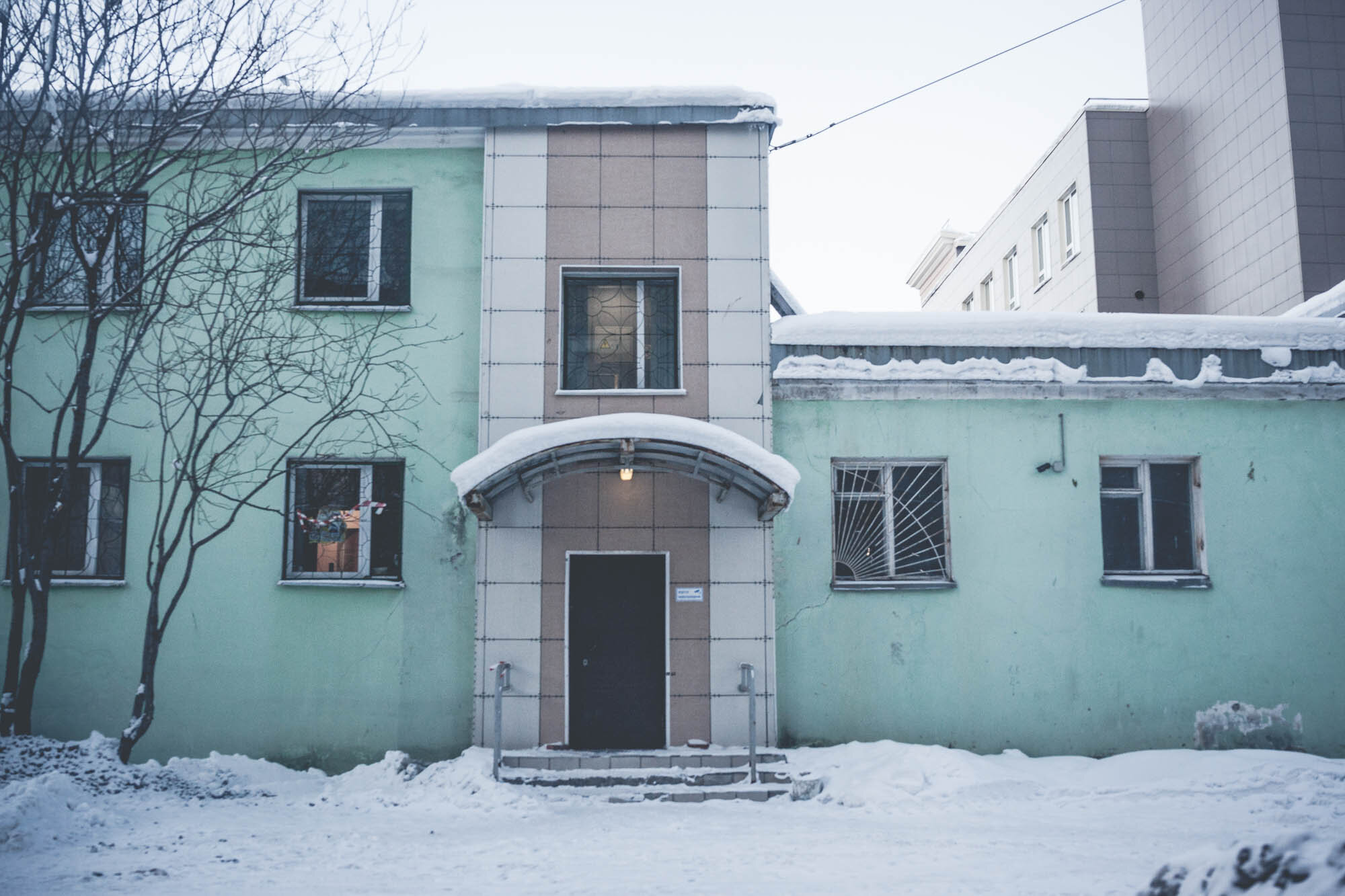

The Russian art scene: elite versus young artists
At the art criticism workshop, I meet Pavel Plekhanov, who is a dancer and the creator of Sopka, an online platform for arts and culture in Murmansk. Originally from Murmansk, Pavel has lived and studied in Moscow and St Petersburg, before recently returning to Murmansk because of his strong connection to the North and with a desire to help the contemporary art scene of northern Russia grow. This leads us to discussing the local art scene and to start a comparison between Murmansk, St Petersburg and Moscow. I myself have visited Moscow twice several years ago, and have been to St Petersburg several times in recent years. My latest trip there, along with three of my NORK Magazine colleagues, resulted in a publication entitled Under the Radar, which documents the state of the contemporary art scene in St Petersburg, with a focus on artist-run initiatives.
Pavel and I naturally engaged in a comparison of the three Russian cities, and then I extended the comparison to Tromsø, which Pavel was not familiar with. What came out from the discussion is that the art scenes of Moscow and St Petersburg are understandably much more culturally developed than that of Murmansk, the current capital and the ex-capital of the Soviet Empire having had long-standing traditions and to this day more money being poured into cultural activities. The Moscow art scene is considered more commercial, and to some extent of higher quality, than its Western rival, with oligarchs investing heavily in big museums that draw large crowds, such as the famous Garage Museum –which was founded by billionaire ex-couple Dasha Zhukova and Roman Abramovich, and the GES-2, which is due to open in 2020 (and is funded by oligarch Leonid Mikhelson).
What struck me in St Petersburg, I tell Pavel, is the struggle of its artists. The city is world-famous for its (classical) art museum, the Hermitage, which boasts one of the largest art collections on the planet. Throngs of tourists come to visit the cultural Russian capital each year to admire its architectural and cultural heritage. Yet, the contemporary art scene is partly derelict and stagnant, according to most artists and gallery managers I met in St Petersburg. State funding only goes to old-school, established artists that belong to the powerful Artists Association, while younger, more contemporary and/or innovative artists struggle to exhibit their works and to make a living.
Murmansk’s museum history is much more recent than Moscow and St Petersburg. In fact, the Murmansk Oblast Art Museum latter was founded a mere 30 years ago. Another participant at the writing workshop, Alina Nikolaeva, turns out to be the museum’s outreach program manager. She explains that the institution is the youngest state art museum in Russia, and primarily focuses on classical and modern art, alongside regional and Sami collections. The outreach program mainly targets school groups, but Alina has also started involving young artists to intervene in and around the museum. It is the case of Valentin Petrov, an artist and designer who is also present at the workshop. He says that the lack of exhibition opportunities for young artists means that he has to create his own –unpaid– initiatives outside of official channels, such as setting up installations throughout the city without asking permission. When he shows us pictures of his work, I am surprised to realize that he is the artist behind the lit-up, human-sized mushroom sculptures that I had noticed at the entrance of our hotel’s driveway and which I had assumed has been commissioned by the hotel.
COVID-19 exposes different realities for distinct countries
What I hear from the Russian participants at the workshop hints at pockets of resistance against the old order of things, and of innovation towards a richer contemporary art scene in Murmansk. The Inversia Festival is another major example of that: the 3-day-long festival specialized on new media, digital art and avant-garde sound art, along with seminars with topics such as “Interactions of government, corporations and creative industries”, “Murmansk art transformations”, and “Possible futures”. Initiated by the Murmansk based curator collective Friday Milk, Inversia began in 2017; one if its founders and today’s festival director Oleg Khadartsev had told me before that the main drive behind the creation of the festival was that he needed a good reason to stay in Murmansk, otherwise he would have to move to St Petersburg or Moscow like most other young creative of northern Russia end up doing.
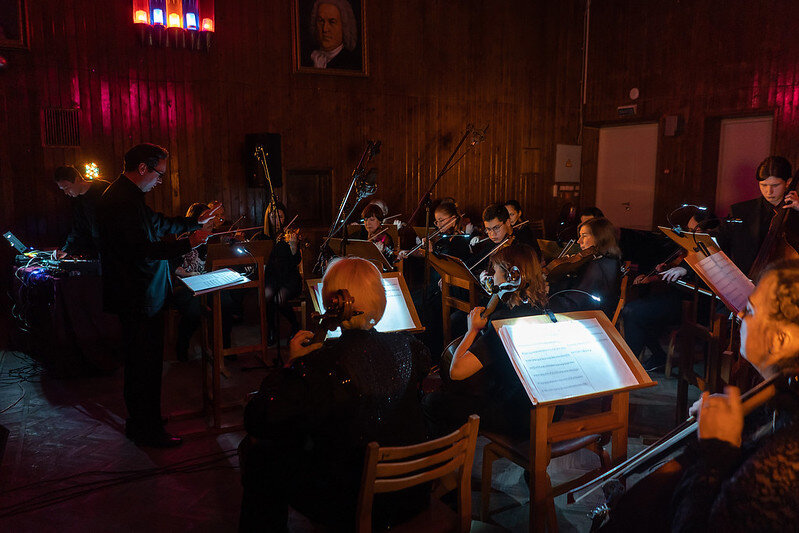
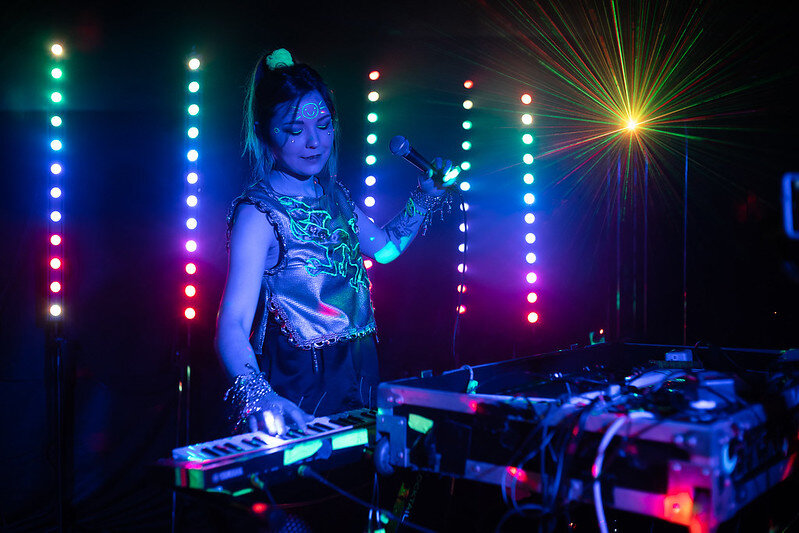
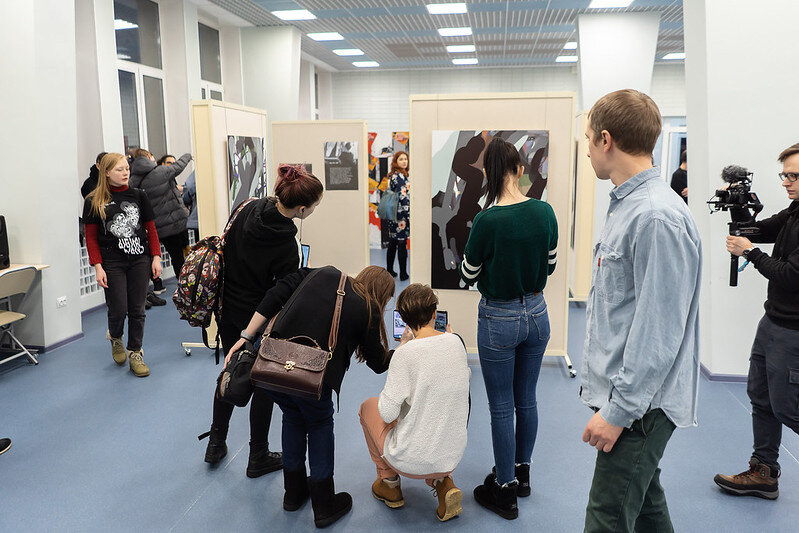
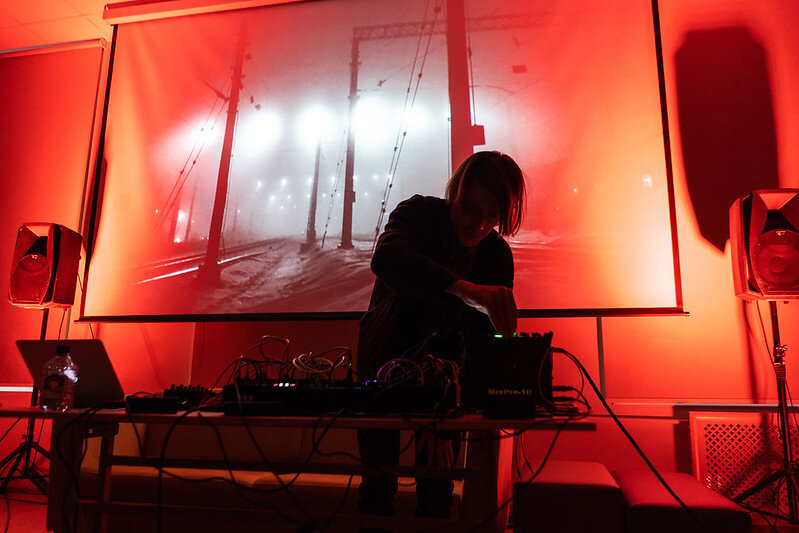
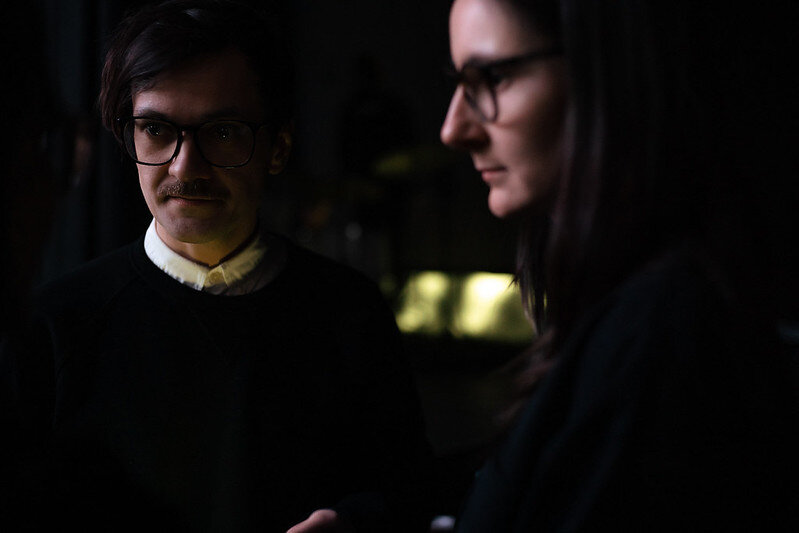
Another glimmer of a brighter future for Murmansk’s contemporary art scene seems to have come with the nomination of a new Minister of Culture for the region, Evgeny Goman, who is well-known for his years working with contemporary theater. All the Russian participants at the workshop agreed that they were happily surprised that Mr. Goman had been chosen, hoping he could herald a new era for the young creatives of northern Russia.
But that was before COVID-19 hit. After initially reporting low rates of infection, Russia started facing its own outbreak, and by mid-March, cultural institutions were ordered to close their doors. A quick review of Russian news shows that this measure has affected museums quite differently depending on their funding source. The Garage Museum, the Moscow Museum of Modern Art, and the Multimedia Art Museum, have rich financial backers, and plan to resume business once the lockdown ends. Some other museums are much more unsure about their future, such as the Fragment gallery in Moscow, or the Lumiere Brothers Center for Photography in Moscow, which is supported neither by the state nor by oligarchs. In an interview to Gazeta.ru, one of the most popular online newspaper in Russia, the Center’s curator expressed concerns about the staff that had to be laid off and that usually already survive on low wages. The head of the Hermitage’s contemporary art department, on the other end, ventured some philosophical-ish musings on how the COVID-19 situation will influence art in the near future, saying on his Instagram account, “The virus will first of all give rise to its own realistic mythology - about death and disease, which can come suddenly and change the course of life of all mankind.” He invited artists to accept the challenge of portraying this new world and using more digital formats, and added that the Hermitage’s contemporary art collection will reflect these changes.
The Russian prime minister, Mikhail Mishustin, announced at the end of March that the sphere of culture would be among the industries to receive governmental help, but concrete measures are yet to be implemented. A petition by prominent Russian art figures on Change.org calls the government to support the cultural sector and in particular the most vulnerable art and culture workers. As of mid-May, it was signed by around 8200 people, out of a 10 000 people target.
A need for international solidarity
In light of the struggles of artists from our neighbor Russia, but also of the current difficulties faced by many of the most vulnerable social groups in our societies, it is obvious that international solidarity is needed now more than ever. And art is a major tool and inspiration to find collective solace in troubled times, even if it cannot defeat hunger and the lack of shelter. Art also has a strong role to play in stirring our imagination of possible futures, something that is crucial right now, when we are at the edge of a crumbling world and hover between going back to “business as usual” or going forward into the unknown. I hope that governments and private actors that have the resources invest a lot more in safeguarding and promoting the arts, and that individual citizens support their local and international artists whenever possible.
Sources:
Research in the Russian media by Kristina Primakova, Marion Bouvier’s co-worker in the Open Out Festival.




